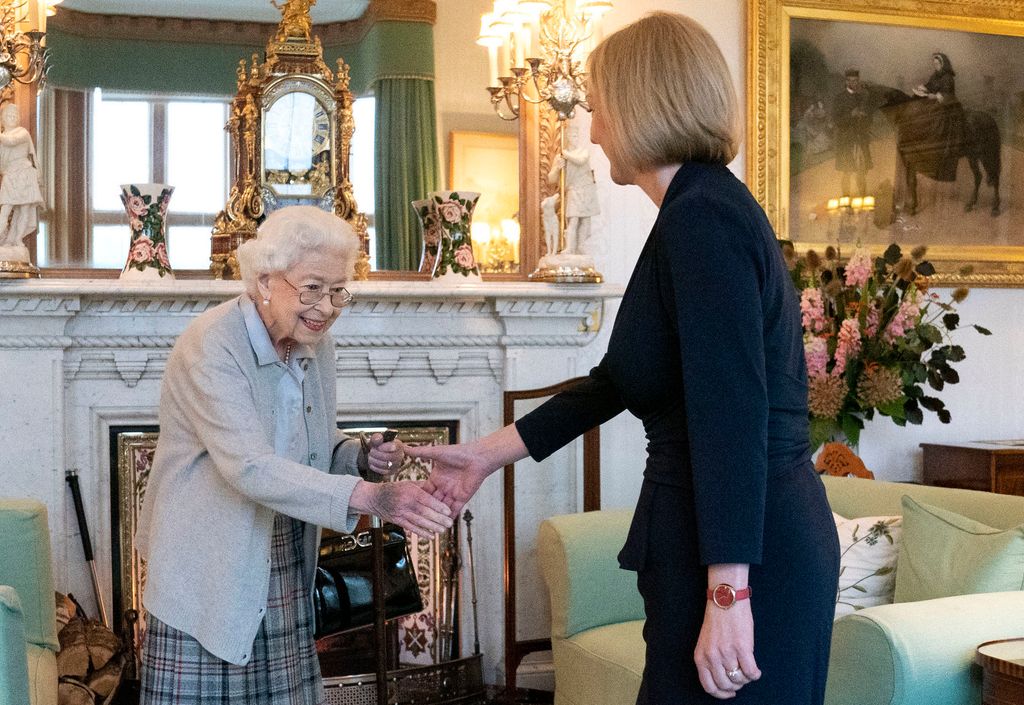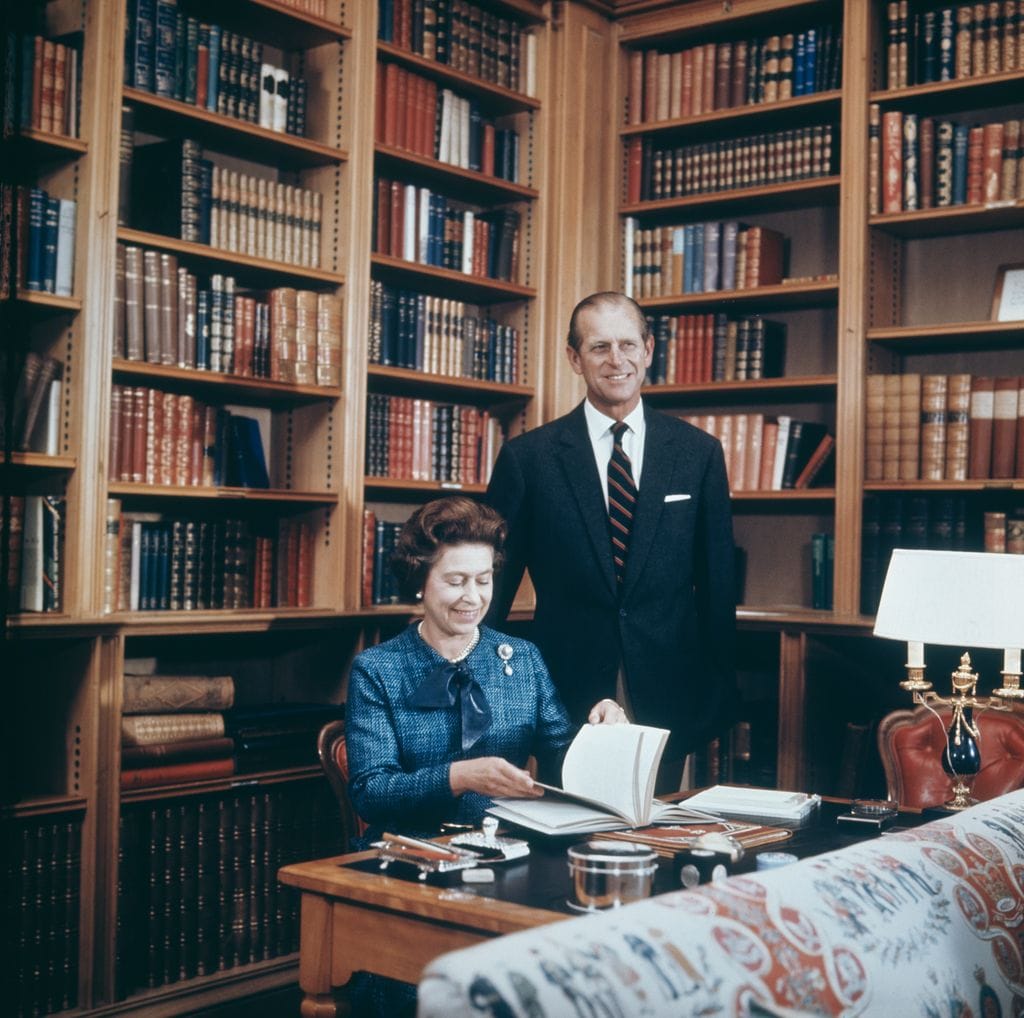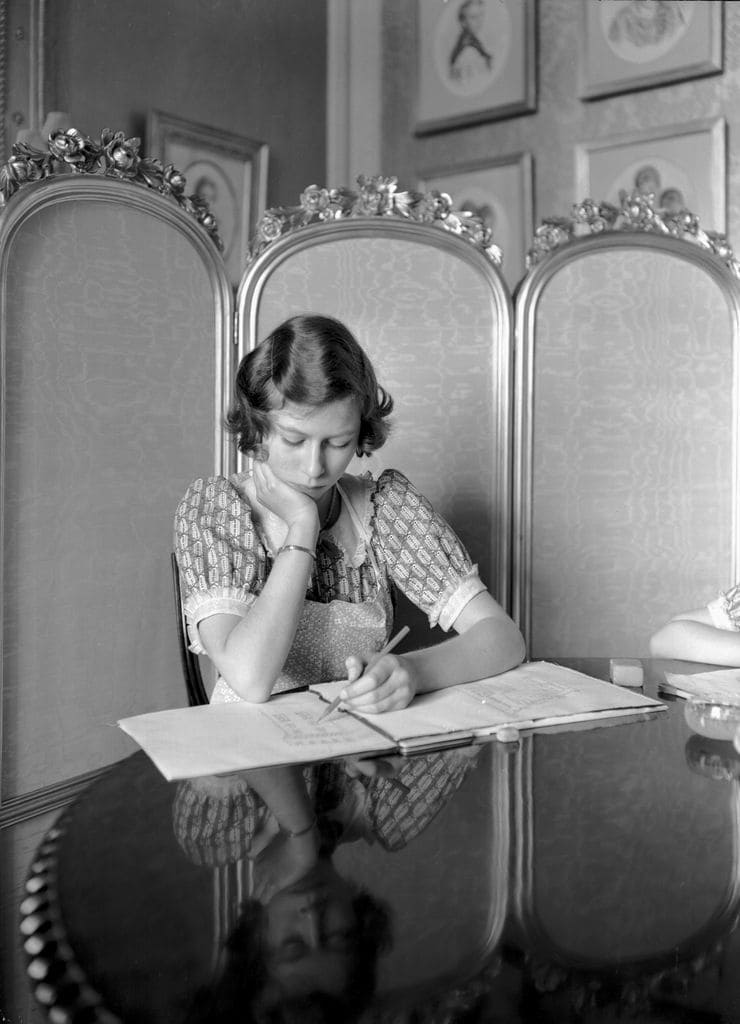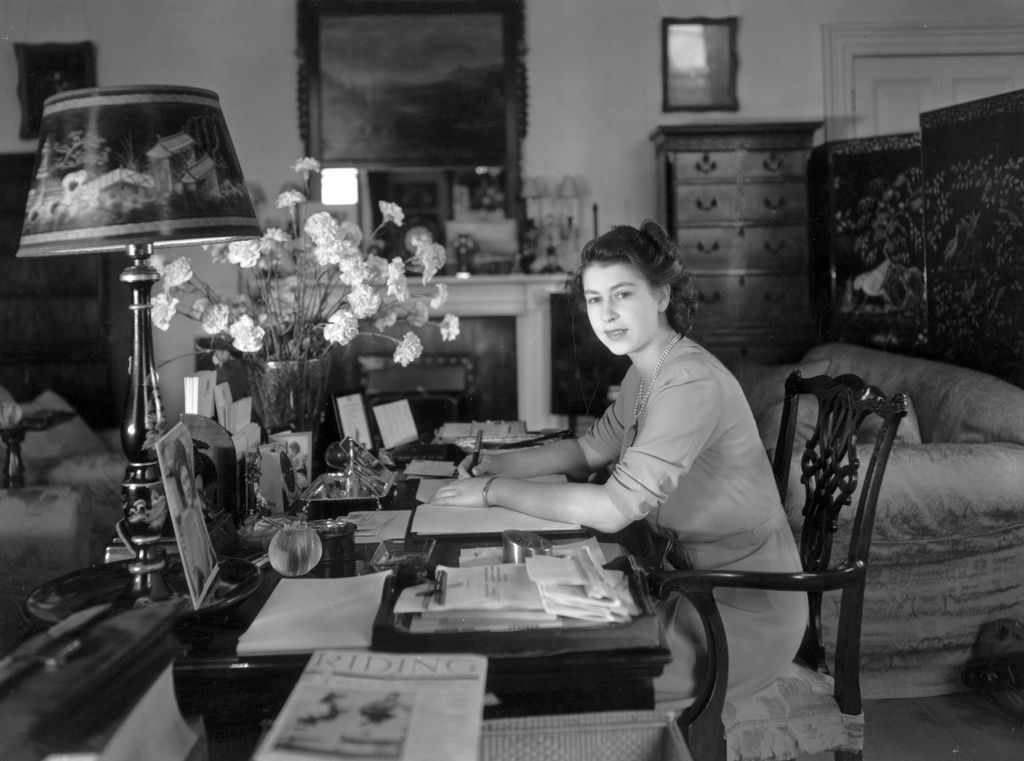Legends grow over time. Written texts are accompanied by an oral tradition that enlarges, praises, exaggerates and distorts reality. These days the brief phrase with which Elizabeth II concluded her diary two days before her death: “Edward came to see me” (“Edward came to see me”). The Sovereign was referring to Edward Young, his private secretary and the man who most jealously guarded his secrets and aspirations. That day, Isabel II, making a tremendous effort to keep your dignity intact in the eyes of the worldand to offer his people an image of serenity and strength, he received Liz Truss at Balmoral Castle, the third woman whom, throughout his very long reign, he commissioned to form a Government. In this case, the new president shared the name, Elizabeth, with her.
Elizabeth II, despite her weakness, was aware that, given the historical importance of the moment, the citizens would have their eyes turned towards her meeting. Jane Barlow photographed the scene and captured an iron Queen in the fulfillment of her duty. Neither his ninety-six years nor the illness he suffered could break his spirit.
Two days before his death, the longest-serving Queen in the history of Great Britainand the planet, strictly followed the indications of the schedule. Hence, he received his personal secretary and, as he had been doing for more than eight decades, he wrote down this fact in his notebook. He did it as always: with your black ink fountain pen and with a handwritten letterto which, according to graphologists, revealed some of the most notable traits of his attractive personality: intelligence, sagacity to anticipate events, a strategist’s mentality, strength, a good dose of stoicism, sensitivity and a bomb-proof passion for life. .
That same September 6, the date of the last entry in her diary, Elizabeth II chose a Scottish plaid skirt, a gray cardigan, her unmistakable pearl necklace and purse on her arm, and a cane that she held rather than leaning on. between his hands. This is how he received the newly elected Prime Minister at Balmoral Castle. Genius and figure. Jane Barlow portrayed the meeting between the two “Elizabeths.” Those images were analyzed with a magnifying glass and were widely commented on. When the Queen shook hands with Liz Truss, a bruise was clearly visible on the back of her hand, which caused great concern because of what it indicated about her delicate state of health. Isabel II had probably required a peripheral line to supply her with medication and this had caused her visible and alarming hematoma.
Death stalked her, but she responded to its threats as she knew best: following her destiny as Sovereign, making history in her beloved country and returning to everyone a message of discipline and strength. In her last days, she was visited at Balmoral by the Reverend Lian Greenshields, who had one of his last conversations with her. As she later revealed to the BBC, the Queen seemed weak, But he was in a “very good mood.”. Despite her physical ailments “she spoke about her past, her love for Balmoral, her father, her mother, Prince Philip, the horses… She was very committed to what was happening in the Church and also in the nation.” ”.
The Queen’s Diaries
When a person becomes a legend, literature does its thing. There is a literary subgenre that focuses on the last days of historical figures. Among the gems that this way of treating the biographer has given us, we can mention Thomas de Quincey’s classic The last days of Immanuel Kant; or the careful novel by Jean Echenoz entitled Ravelabout the end of the famous composer. Also, there is an entire tradition that consists of collecting the last words, real or apocryphal, of the most powerful, attractive or influential men and women of their time. Just as an example of the above, Marie Antoinette’s phrase to her executioner, while she was going up to the scaffold on October 16, 1793 where the guillotine awaited her. According to the story, as he bumped into the man, he instantly exclaimed: “Forgive me, I didn’t do it on purpose.” Or those attributed to the Stoic Marcus Tullius Cicero when he came face to face with the soldier sent by Emperor Mark Antony to execute him: “There is nothing correct in what you are going to do, soldier, but kill me correctly.”
It is still too early for the last words spoken by Elizabeth II, and even those written, to be shared, or invented. Because in addition to the final entry in his diary, it was also known at the time that had written two private lettersone of them dedicated to her son Charles III, which she deposited in one of the Queen’s famous red mailboxes, where she left all the correspondence and documents that she wanted to send, especially the professional ones to the ministers of the United Kingdom, or political representatives. of the Commonwealth.
On the other hand, will her diaries, those notebooks protected by a black leather cover, that the Queen wrote every night, ever be published? It is not very likely, because She explained that she did not want them to be made public.. As she argued, her notes were uninteresting. How could the reflections, however brief, and the description of events from such a perceptive and powerful woman be uninteresting? Isabel II was so careful to preserve her diaries from curious eyes that, apparently, only she had a copy of the key that locked the safe where she kept them; He destroyed the blotting paper he used every day – to prevent anyone from trying to decipher what was written on them – and probably only her husband, Philip of Edinburgh, was able to read some fragments.
In the newspapers we always show intimate facets that are difficult to recognize publicly. Elizabeth II, a Windsor from head to toe, faithful to the family motto (“Never explain, never complain”), feared that her diaries would break her image as an unbreakable woman.
On the other hand, in the hypothetical case that its publication was approved, the work prior to editing would be extremely arduous, as happened with the memoirs of Queen Victoria. In 2012, Elizabeth II agreed that the diaries of her great-great-grandmother, Queen Victoria, would see the light of day; Of course, the author had died in 1901 (one hundred and eleven years after its publication) and that they had been read with great care to eliminate any fragment that could reveal any state secret.
In the case of Elizabeth II, for the moment, we will have to settle for those last four words that refer to the fulfillment of duty until the last breath. What curiosities of life. Precisely, the same Edward that Her Majesty mentioned was the one who was responsible for giving the world the sad news of the death of Elizabeth II with a very brief statement: “The Queen died peacefully this afternoon at Balmoral. “The King and Queen consort will remain at Balmoral this afternoon and return to London tomorrow.” Two eminently informative sentences, without regrets, in the purest style of the Windsors.
After this last mission, Edward Young made the decision to retire. Although he received decorations for his years of service, and a personal congratulation from Charles III, Young did not receive the same treatment from Prince Harry, who in Spare He described him in the following terms: “He was a hairy man with an oval face who used to walk around with a calm and majestic bearing, as if the rest of humanity owed him homage.”





